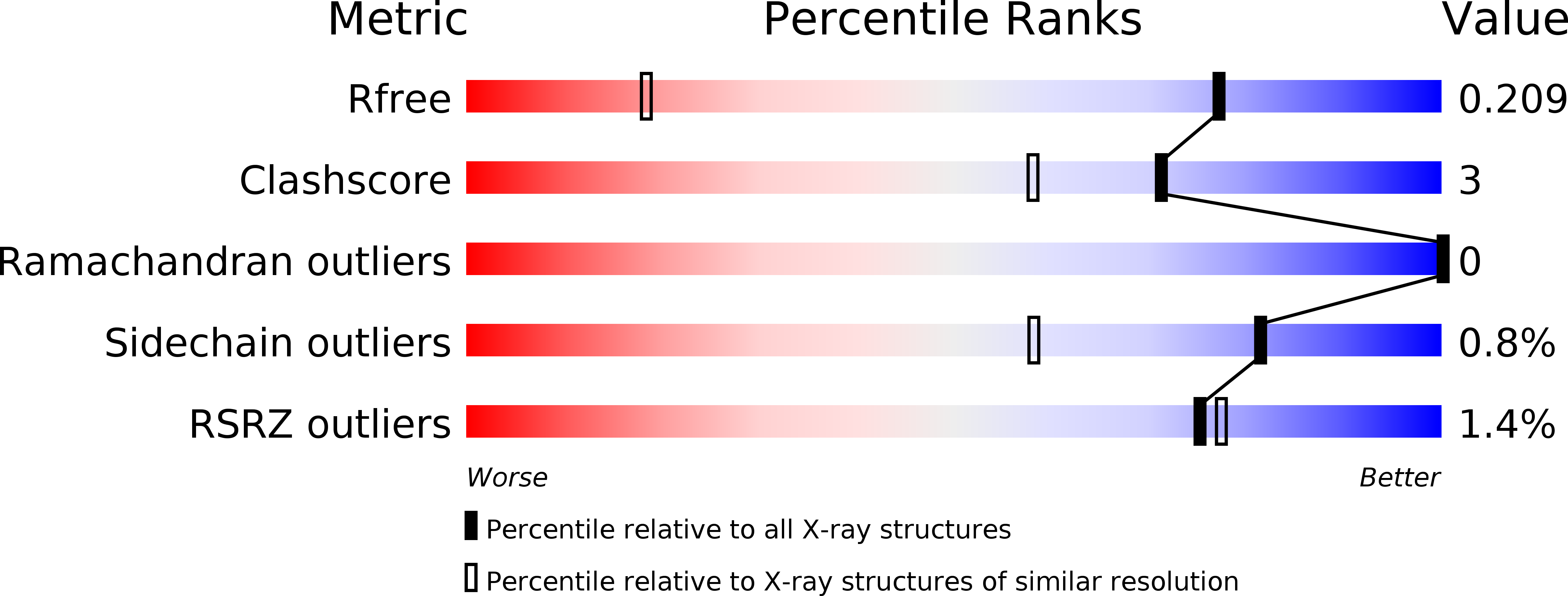
Deposition Date
2018-01-05
Release Date
2019-01-09
Last Version Date
2023-10-04
Entry Detail
PDB ID:
6C1Z
Keywords:
Title:
Crystal structure of Apo Caenorhabditis elegans lipid binding protein 8 (LBP-8)
Biological Source:
Source Organism:
Caenorhabditis elegans (Taxon ID: 6239)
Host Organism:
Method Details:
Experimental Method:
Resolution:
1.30 Å
R-Value Free:
0.21
R-Value Work:
0.19
R-Value Observed:
0.19
Space Group:
C 1 2 1


